The American air arsenal of 1941
Former U.S. Secretary of Defense Donald Rumsfeld said “You go to war with the army you have, not the army you might want or wish to have at a later time.”
Nazi Germany and Imperial Japan had developed cutting-edge warplanes that could fly circles around the United States’ air arsenal. By 1941 the United States was clearly mobilizing for war, but it would take quite a while for our defense industry to develop planes that could hold their own against Axis fighters like the Mitsubishi A6M Zero or the Focke-Wulf Fw 190.
Below are a collection of aircraft that may have been impressive when they were introduced in the 1930s, but were quickly removed from front-line units once we began equipping significantly improved aircraft as the war progressed.
Boeing P-26 Peashooter
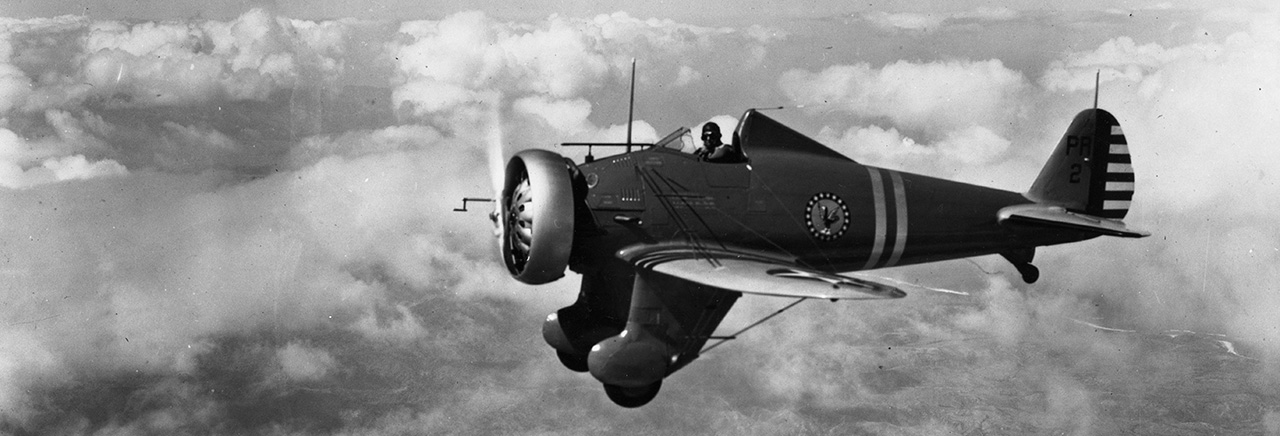
When the revolutionary Peashooter was introduced in 1933 its 600-horsepower Pratt & Whitney R1340 Wasp radial engine could outperform any biplane. Although the Army’s first all-metal fighter was no match for modern fighters like the Mitsubishi A6M Zero when Japan attacked the Philippines on 8 December 1941, P-26 pilots were among the first Americans to shoot down a Japanese warplane in World War II.
Seversky P-35
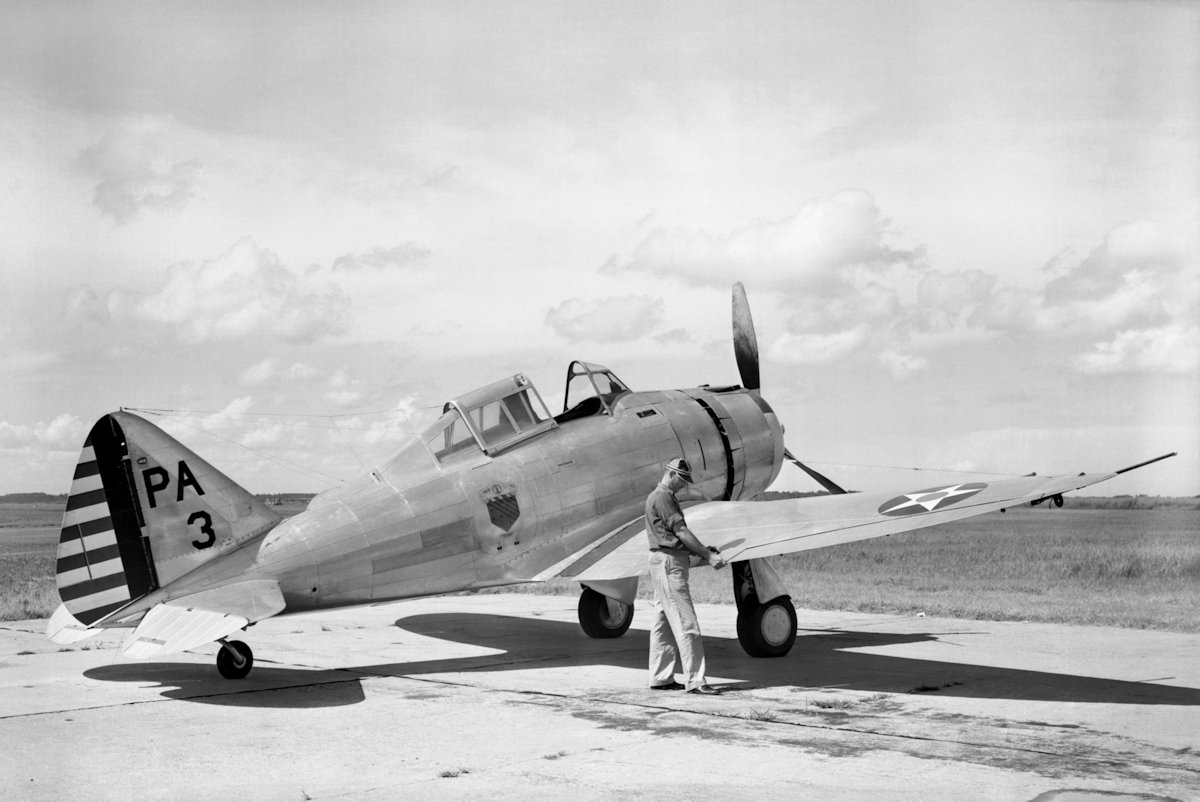
The P-35 was the first Army plane with an enclosed cockpit and retractable gear, but it was lacking in other improvements. A two-seat version was sold to the Japanese, who used the plane during their campaign in China.
Neither the Americans nor the Japanese were terribly impressed with the P-35.
Like the P-26, these antiquated planes were handed down to the Philippine Army Air Corps, while a scant few were still operated by American pilots. Capt. Samuel H. Marrett, commander of the 34th Fighter Squadron, strafed a Japanese minesweeper off Luzon, causing the ship to explode. The blast ripped Marrett’s wing off and he died when his plane crashed into the water.
Republic P-43 Lancer / P-44 Rocket
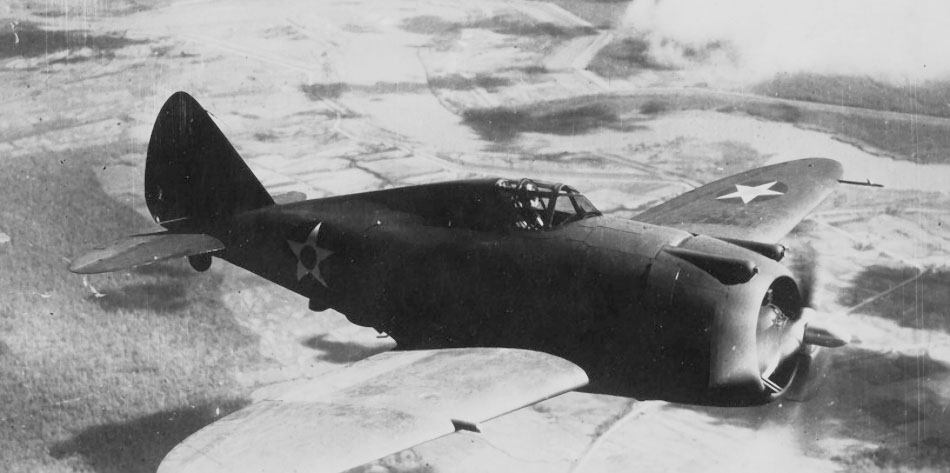
Seversky Aircraft Co. reorganized into Republic Aviation Corp. in 1939, the same year they turned an improved variant of the P-35 into the YP-43 prototype. The Pratt & Whitney R-1830 Twin Wasp 14-cylinder air-cooled radial engine, coupled with a General Electric B-2 turbo-supercharger produced 1,200 horsepower. A further-improved airframe sported a Pratt & Whitney R-2180 Twin Hornet engine, giving the Rocket 200 more horsepower. Both the P-43 and P-44 performed excellent at medium to high altitudes, but it lacked armor and self-sealing fuel tanks which by 1941 had become essential. Over 200 aircraft were produced, but most of these aircraft were shipped to China.
Curtiss P-36 Hawk
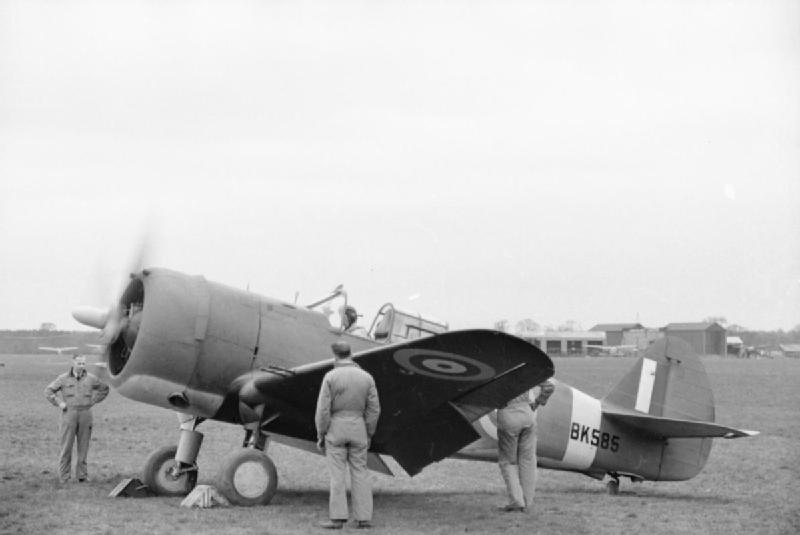
The Army Air Corps was so impressed with the P-36 that they awarded Curtiss-Wright the largest peacetime order in U.S. history at the time. Other purchasers included the French, Dutch, Norwegians, Indians, Chinese, and the British. Seven French Air Force pilots became aces while flying Hawks (out of 11 total) before France surrendered. The Germans then sent captured French Hawks to Finland to fight the Soviets. The Vichy French used them against the Thais (also flying Hawks) in Southeast Asia. The Royal Air Force and the Dutch used them against the Japanese. The South Africans used them against the Italians.
In February 1941, a group of aging P-36s took off from the deck of the aircraft carrier USS Enterprise and landed at Pearl Harbor, Hawaii (a first for Army Air Corps pilots). And on December 7, 1941, a handful of those Hawks managed to lift off and engage the attacking Japanese pilots, scoring some of the United States’ first aerial victories of the war.
Grumman F3F Gulfhawk
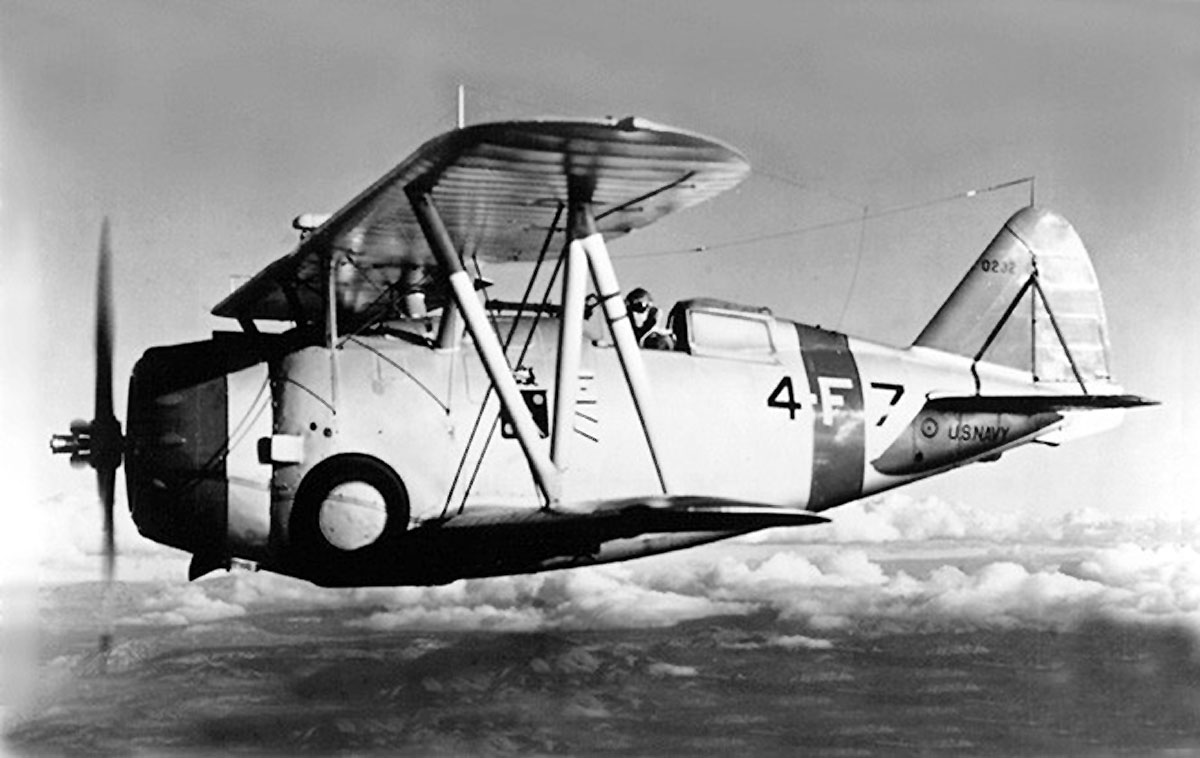
Naval and Marine aviators flew the Gulfhawk — America’s last biplane fighter — from 1936 to the end of 1941. Featuring a 950-horsepower, Wright R-1820-22 “Cyclone”engine, the F3F could reach speeds of 264 m.p.h. and had a 950-mile range. By removing the top wing and making a few other modifications, Grumman turned the Gulfhawk design into the F4F Wildcat. Although it never saw combat, the biplanes were still used as trainers until 1943.
Brewster F2A Buffalo
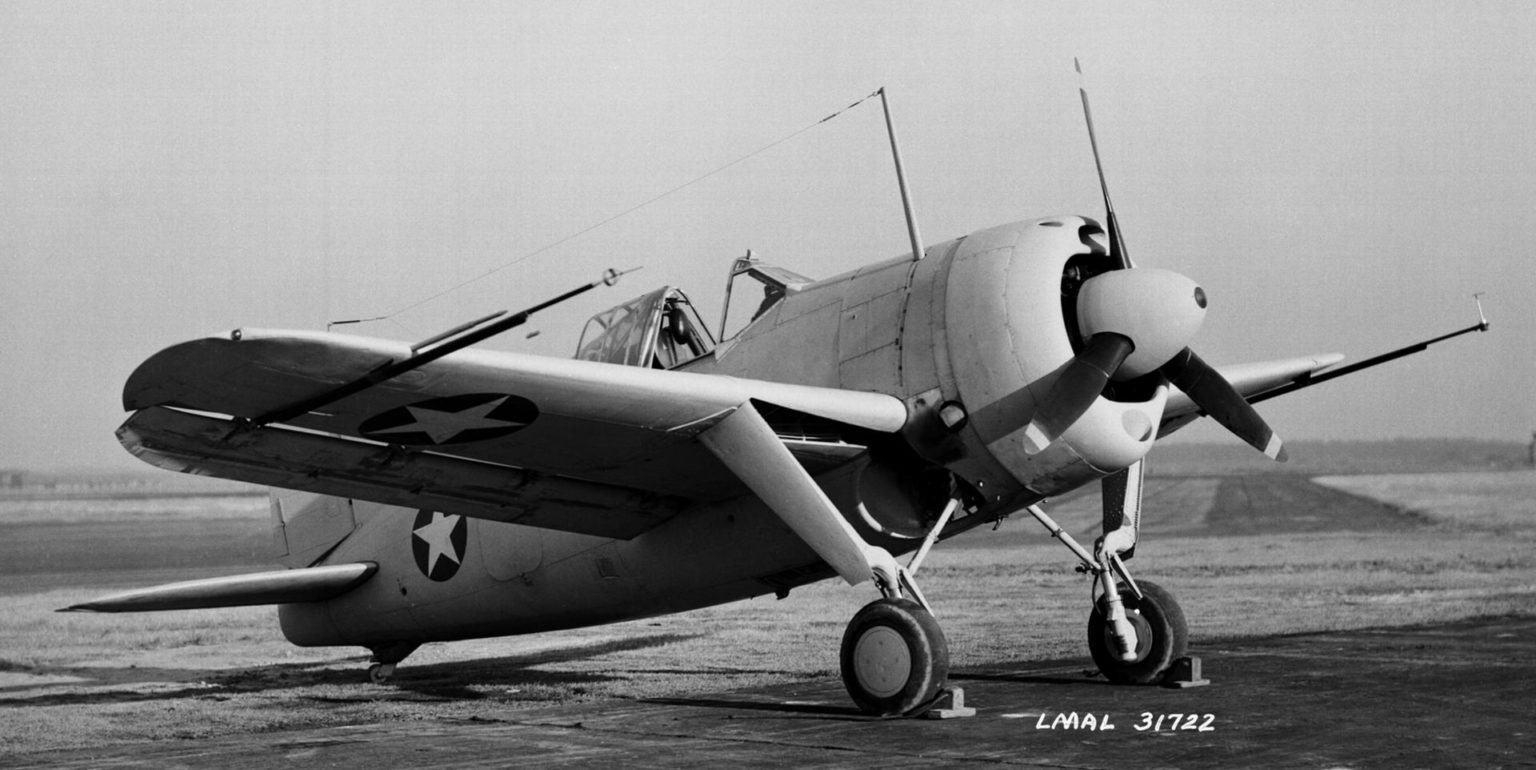
The Buffalo beat out an early version of the F4F Wildcat in 1939 to replace the F3F, but disappointing performance once it joined the fleet and an improved Wildcat spelled the end of the F2A’s chances as the Navy’s next carrier fighter. Although some Marine aviators were still flying F2As as late as the Battle of Midway, most of the Buffaloes were sent to foreign air forces. 40 Buffalo pilots would become aces during World War II, a fact made even more remarkable considering only 509 of these planes were produced.
Vought-Sikorsky SB2U-1 Vindicator
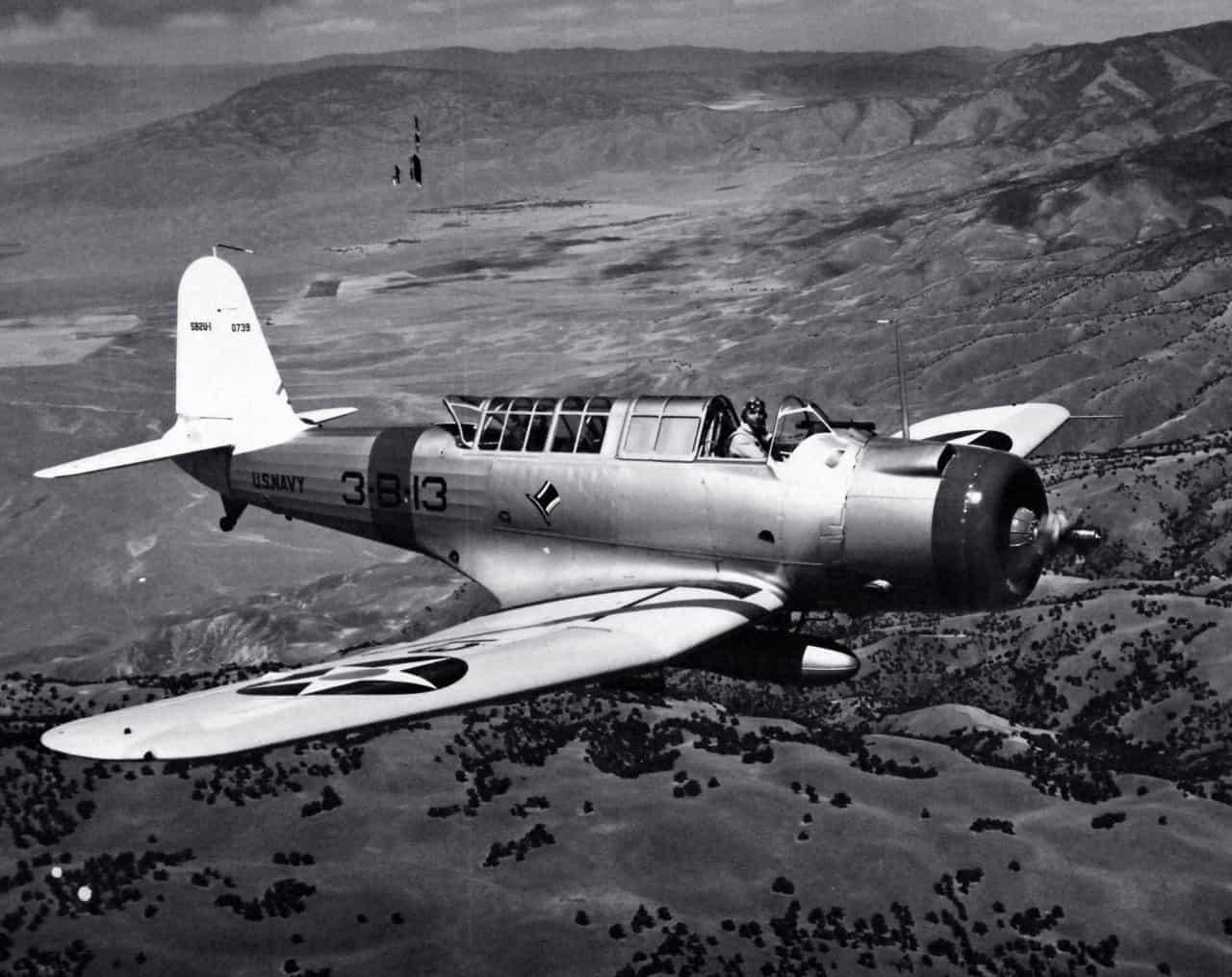
When Vought submitted this design to the U.S. Navy for a new scout bomber in 1936, its competition was mostly biplanes. The Vindicator wasn’t up to World War II standards, but it was way more advanced than the old Curtis Goshawk biplane it replaced when it began operating off American carriers in 1937. It was soon phased out by the Douglas SBD Dauntless, but some Marine squadrons were still flying the Vindicator during the Battle of Midway.
Martin B-10
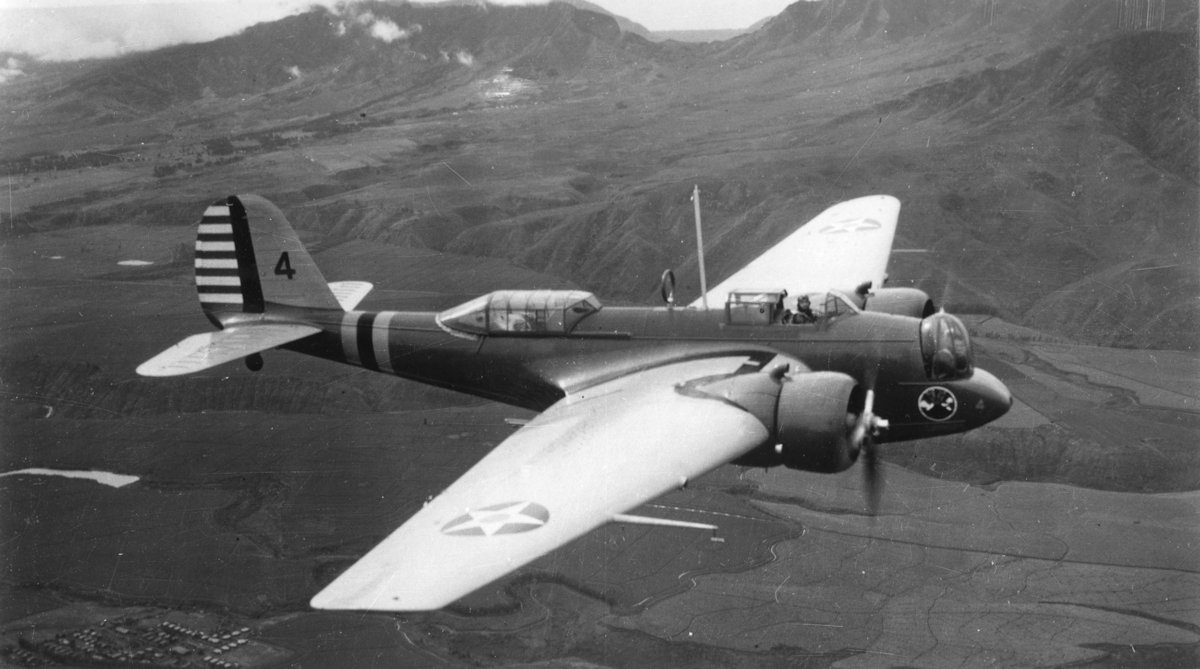
Dubbed by Gen. Henry H. “Hap” Arnold “the air power wonder of the day,” the B-10 was so incredible that it rendered all previous bombers obsolete and was also faster than any fighter in the air when it entered service in 1933. This revolutionary bomber featured a rotating turret, internal bomb bay, retractable landing gear and enclosed cockpit, which would be the standard for subsequent bombers. Like the Hawk, multiple nations operated the B-10. The Dutch used B-10s over Singapore and the Dutch East Indies and the Chinese actually flew B-10s over Japan to drop propaganda leaflets. The bomber carried a crew of four (pilot, co-pilot, and two gunners), could cruise just under 200 miles per hour, had a 1,200-mile range, and could carry 2,260 lbs. of bombs.
Douglas B-18 Bolo
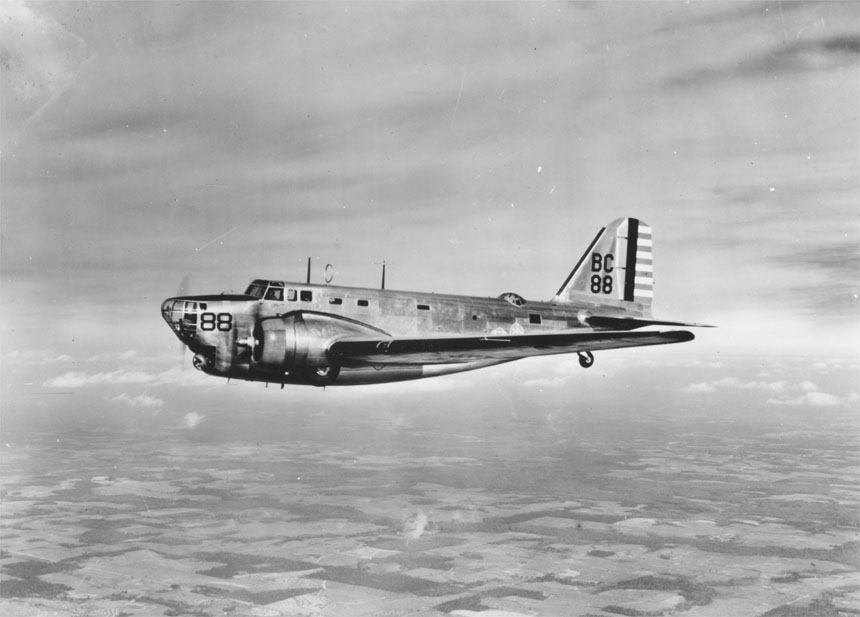
The Army Air Corps was already looking ahead for a future upgrade for the B-10 in 1934. They wanted a bomber that could carry double the load of the B-10, but also with a range of 2,000 miles and a top speed of 250 m.p.h.. Boeing built a four-engine prototype that a reporter dubbed a “15-ton flying fortress” which the Air Corps clearly favored over the competition. But a deadly crash knocks out what will become the legendary B-17 out of the competition and Douglas’ B-18 enters production. Surprise attacks on 7 and 8 December 1941 virtually wipe out the entire B-18 fleet on the ground in Hawaii and the Philippines. What few air frames survive are relegated to support and training roles. In 1942, a B-18A flown by Capt. Howard Burhanna Jr. of the 99th Bomb Squadron did sink the German U-boat U-512 off the coast of French Guiana.
Douglas B-23 Dragon
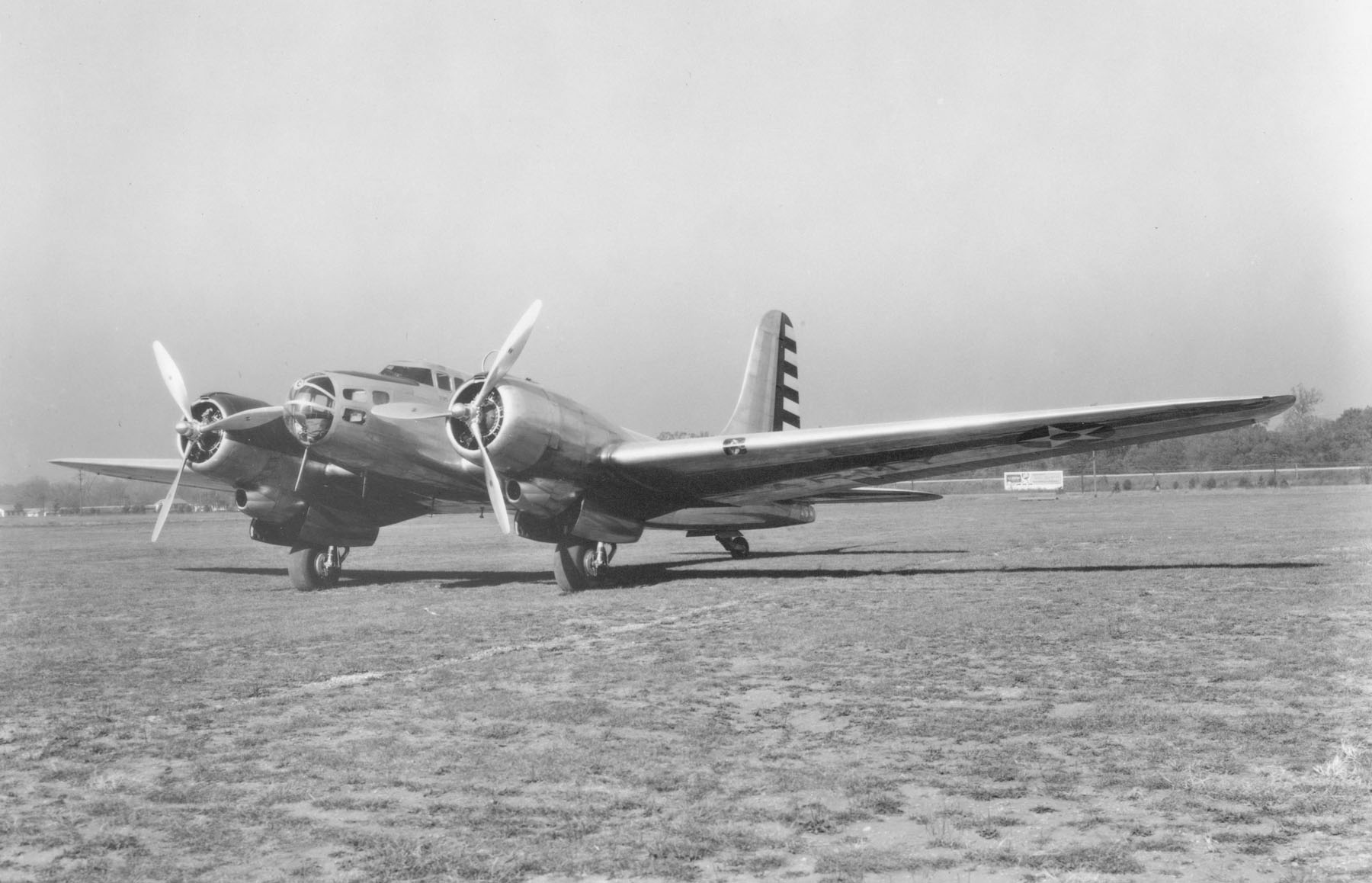
Douglas redesigned the B-18, giving the new airframe fully retractable landing gear, more powerful Wright R-2600 radial engines, a wing similar to their DC-3/C-47, and a spot for a tail gunner in the back. While it was much faster than its predecessor, the Dragon was outclassed by the B-25 and B-26 when they appeared in 1941. The B-23 briefly flew patrol missions out west but was sent to secondary duties like training and transport.
North American O-47A
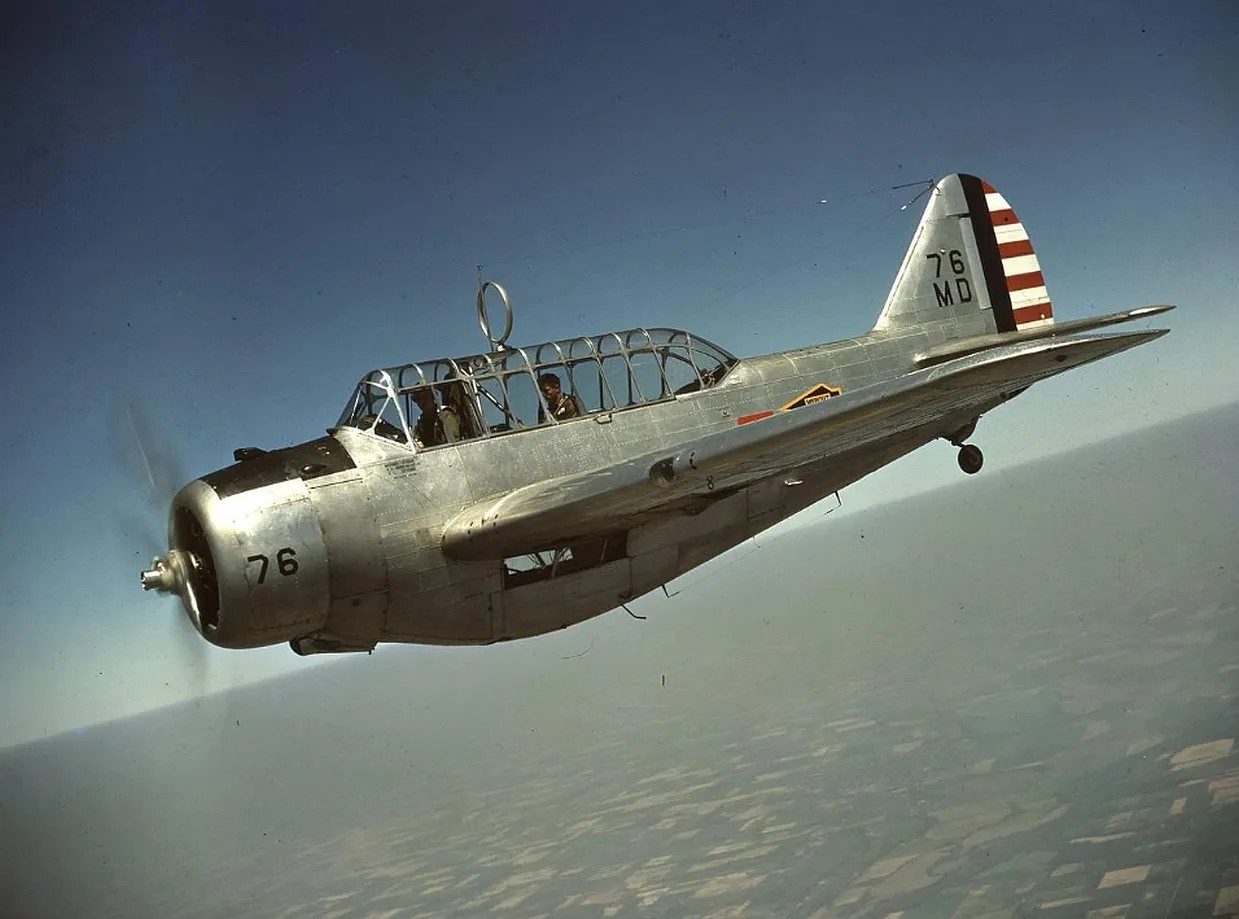
The O-47 was the world’s most advanced observation aircraft when it was designed and, despite its size, could even outperform some fighters. While the pilot and gunner remained topside, the camera operator could go into the aircraft’s belly and look out through the windows beneath the wing. But by 1941, modern fighters and bombers were better suited for reconnaissance and lightweight aircraft, like the Piper Cub, were more ideal for observation duties. O-47s were quickly relegated to secondary roles like coastal patrol.
Sikorsky JRS-1 Baby Clipper
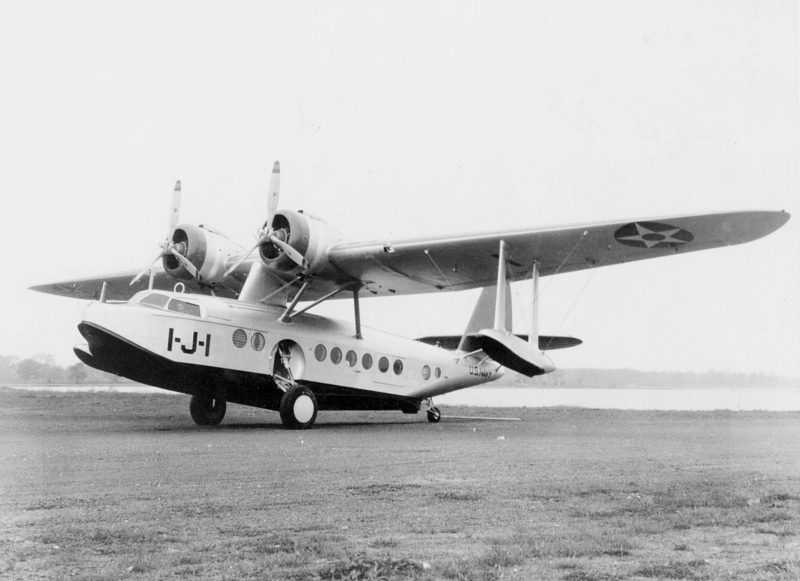
A handful of JRS amphibians lifted off during the Pearl Harbor attack and went searching for the enemy fleet. The “Baby Clipper” was a utility plane that usually carried cameras, but on Dec. 7th some crew members were armed with bolt-action Springfield rifles as they hunted for Japanese carriers. Pan-American Airlines flew these 15-passenger planes, as did the Army Air Force, Navy, and Marine Corps.
Grumman J2F Duck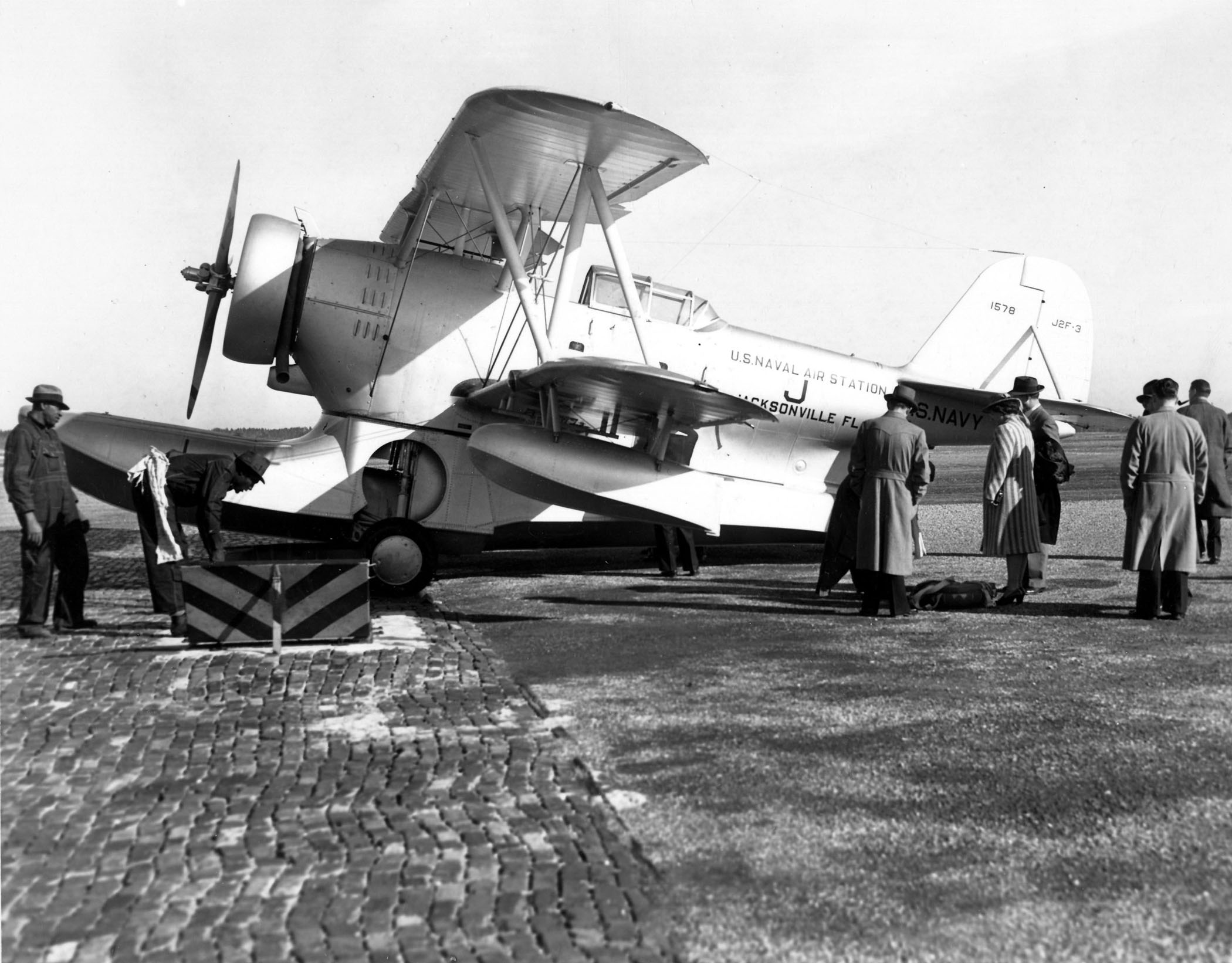
Although the Duck was already six years old by the time the United States entered the war, the Grumman J2F would continue flying even after the war was over. Like the Baby Clipper above, all American services operated the J2F. It hunted submarines, conducted reconnaissance and scouting, performed search-and-rescue, and even served as an executive transport. Three crewmen could operate above and the cabin held two passengers or a stretcher.